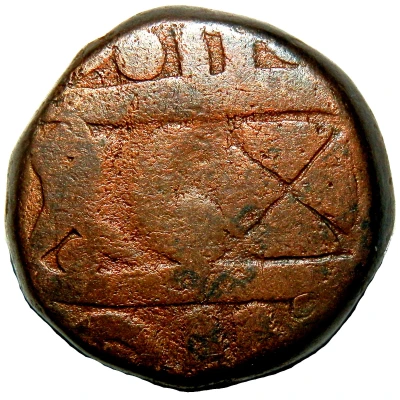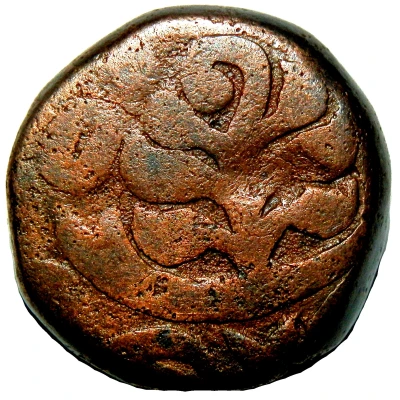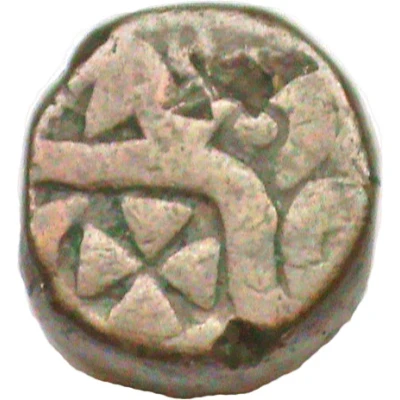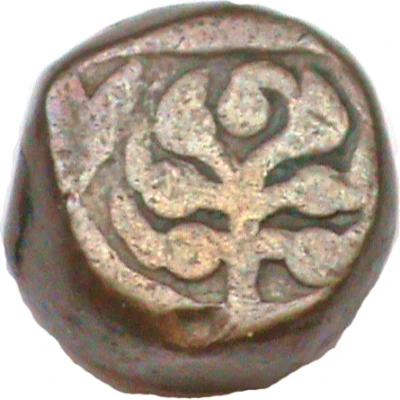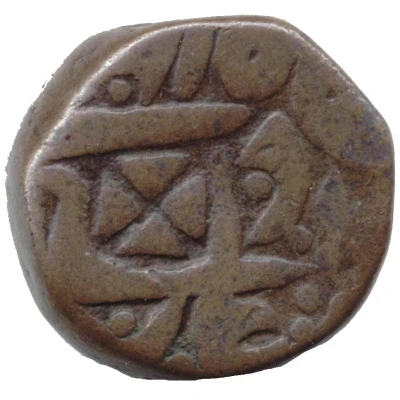
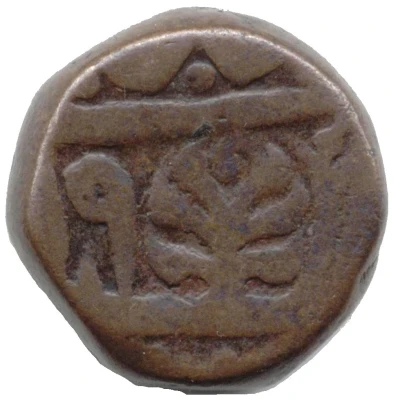

1 Paisa - Shah Alam II
1195 (1766-1781) years| Copper | 17.76 g | 19 mm |
| Issuer | Princely state of Jaipur |
|---|---|
| Emperor | Shah Alam II (1760-1788; 1788-1806) |
| Type | Standard circulation coin |
| Year | 1195 (1766-1781) |
| Calendar | Islamic (Hijri) |
| Value | 1 Paisa (1⁄64) |
| Currency | Rupee (1621-1949) |
| Composition | Copper |
| Weight | 17.76 g |
| Diameter | 19 mm |
| Thickness | 7.1 mm |
| Shape | Round (irregular) |
| Demonetized | Yes |
| Updated | 2024-10-05 |
| Numista | N#48372 |
|---|---|
| Rarity index | 71% |
Edge
Rough
Comment
Jaipur State was a princely state of India from 1128 to 1948. It was centered on Jaipur town. It existed from the 12th century until Indian Independence in 1947. according to the different periods of history it was also known as Jaipur Kingdom, Amber Kingdom,Dhundhar Kingdom and Kachwaha Kingdom.Jaipur state was founded in the Dhundhar region. Its predecessor state was the Dhundhar (Dausa) kingdom, founded in 1093 by Duleh Rai, also known as Dulha Rao. Jaipur state was known as Amber between the fourteenth century and 1727. In that year, a new capital was built and named Jayapura, then the kingdom was renamed Jaipur.Interesting fact
One interesting fact about the 1 Paisa - Shah Alam II 1195 (1766-1781) coin from the Princely state of Jaipur is that it was made of copper, which was a common material used for coinage during that time period. Copper was chosen for its durability and affordability, as it was a relatively inexpensive metal compared to other options like gold or silver. Despite being made of a less valuable metal, the coin still holds significant historical and cultural value, providing a glimpse into the economic and political systems of the Princely state of Jaipur during the 18th century.
